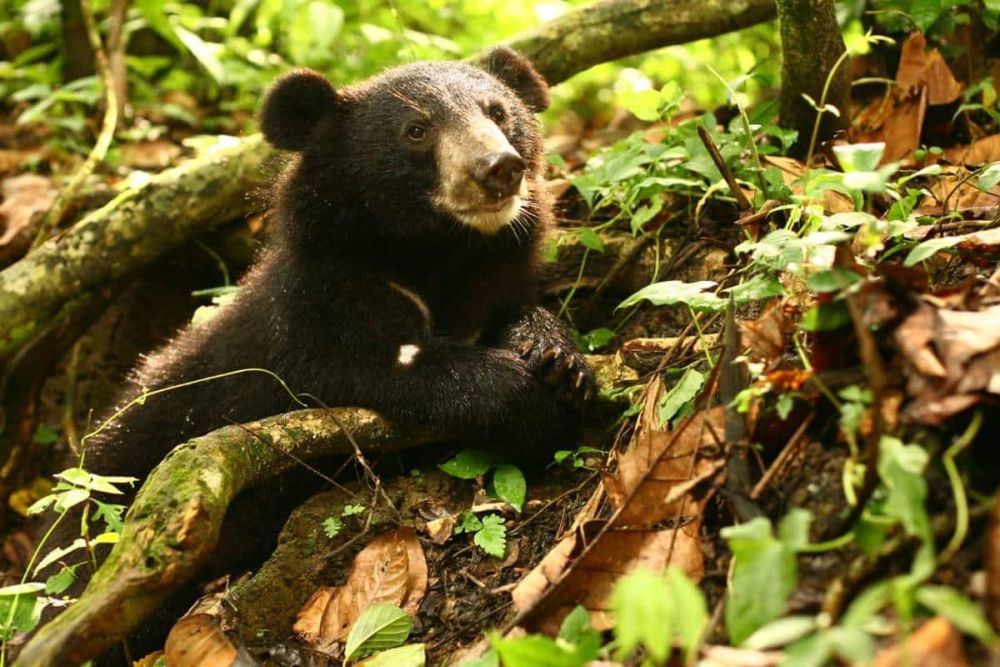

Located in the northeastern part of India, the Dehing Patkai Wildlife Sanctuary is an exquisite canvas of verdant greenery and diverse wildlife. Nestled in the district of Dibrugarh, Assam, this sanctuary is also famously referred to as the "Amazon of the East" due to its rich biodiversity and the dense tropical rainforest it harbors.
The history of tourism in Dehing Patkai can be traced back to the early days when the natural beauty of Assam started drawing nature lovers and wildlife enthusiasts. The official declaration of the area as a wildlife sanctuary was made in 2004, which laid the foundation for structured tourism development in the region.
In its initial years, Dehing Patkai was less frequented by tourists, mainly due to its remote location and lack of information. However, with burgeoning interest in eco-tourism and the rise of wildlife photography, the sanctuary began to gain prominence on national and international tourism maps.
The sanctuary stretches over an area of approximately 111.19 square kilometers and offers a mosaic of dense forests, rivulets, and exotic wildlife. It is famous for its wide range of flora, including rare orchids and medicinal plants. It is also home to several species of mammals such as leopards, elephants, and the endangered hoolock gibbons, as well as an impressive variety of reptiles and birds.
Dehing Patkai also plays host to several other attractions, such as the Dehing River, Jeypore Rainforest, and the historical Stilwell Road, which was constructed during World War II and connects India with Myanmar.
With the current shift of interest towards sustainable travel, the sanctuary has seen the latest trends in tourism that focus on conservation and community-based experiences. Community eco-tourism has become popular, with local communities engaging in homestay operations and guided tours, providing authentic Assamese hospitality and experiences.
Furthermore, the Assam government and several NGOs have started initiatives to promote responsible tourism practices in the area that ensure the protection of the sanctuary's delicate ecosystem while enabling visitors to explore its beauty. Bird watching tours, wildlife safaris, and nature walks have become structured and are guided by trained naturalists.
In the wake of digital connectivity, there has also been an increase in virtual tours and online wildlife workshops, catering to a global audience interested in the biodiversity of Dehing Patkai. The area is promoted through various channels like travel blogs, social media, and wildlife documentaries to attract tourists while maintaining minimal ecological footprints.
Visitors to Dehing Patkai can look forward to a serene and enriching experience as they immerse themselves in the untouched beauty of nature. The best time to visit the sanctuary is during the months of November to April, as the weather is favorable for wildlife sighting and forest exploration.
While visiting Dehing Patkai, tourists are encouraged to follow eco-friendly practices, such as minimizing plastic use, staying on designated trails, and respecting the natural habitat of the sanctuary’s wildlife.
The development of tourism in Dehing Patkai has seen a gradual but steady increase, as more travelers seek unique and sustainable experiences amidst nature. Proper management and conservation efforts continue to play a pivotal role in preserving the sanctuary and its surroundings for future generations to enjoy.